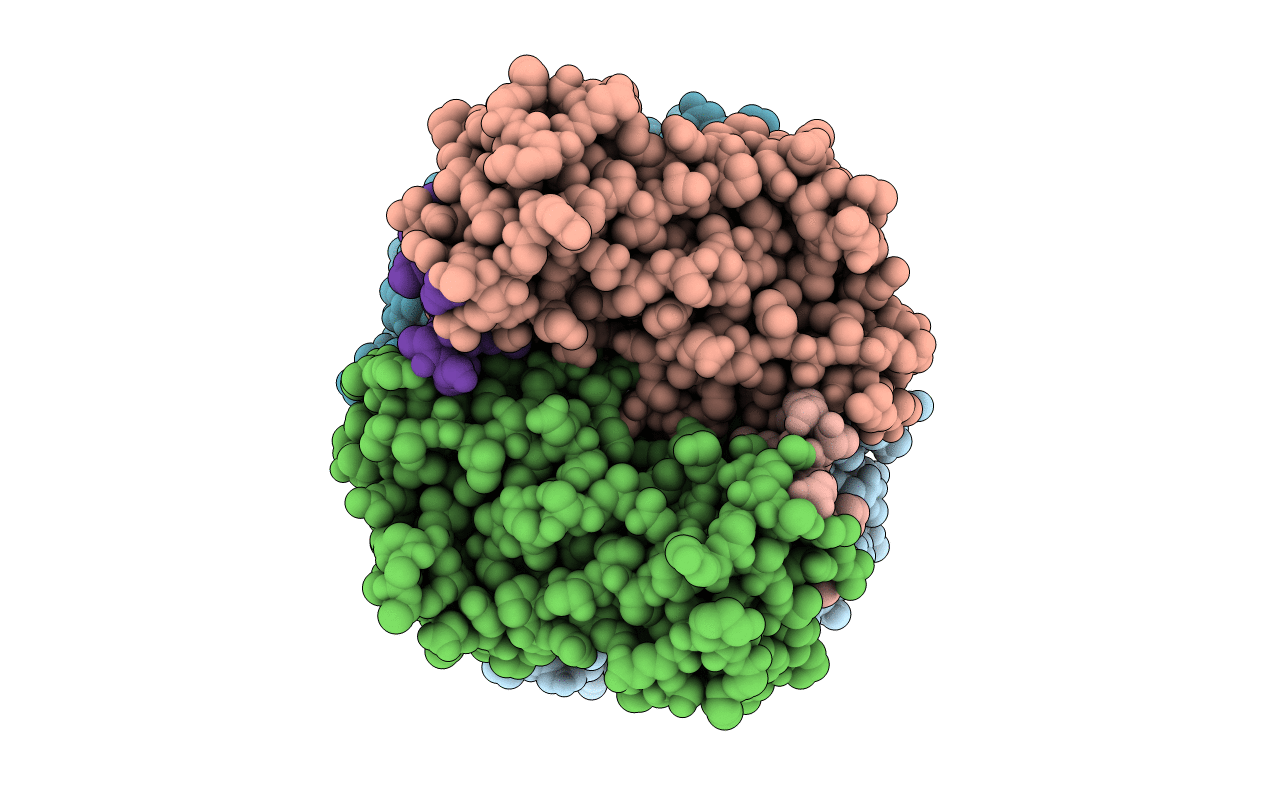
Deposition Date
2010-04-16
Release Date
2010-07-14
Last Version Date
2024-11-20
Entry Detail
PDB ID:
3ML4
Keywords:
Title:
Crystal structure of a complex between Dok7 PH-PTB and the MuSK juxtamembrane region
Biological Source:
Source Organism:
Mus musculus (Taxon ID: 10090)
Host Organism:
Method Details:
Experimental Method:
Resolution:
2.60 Å
R-Value Free:
0.30
R-Value Work:
0.25
R-Value Observed:
0.25
Space Group:
P 32 2 1


